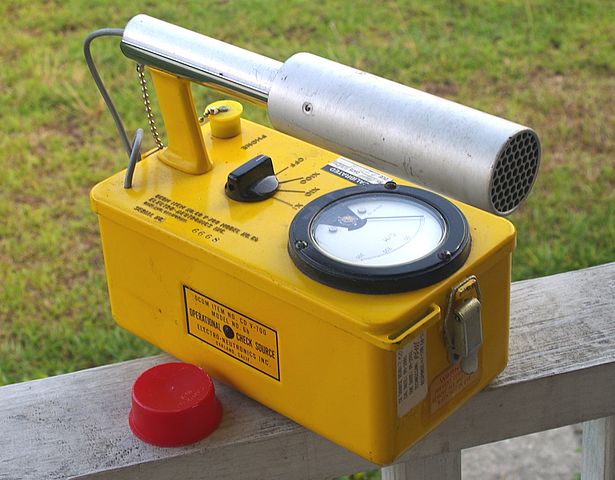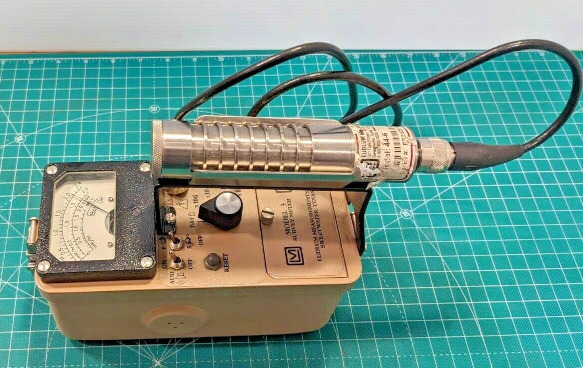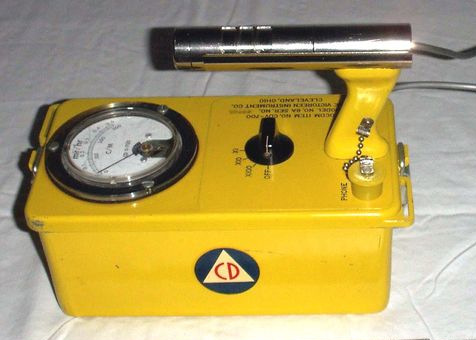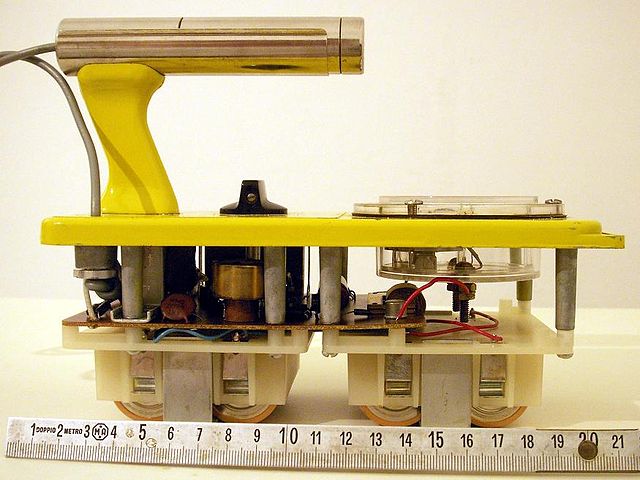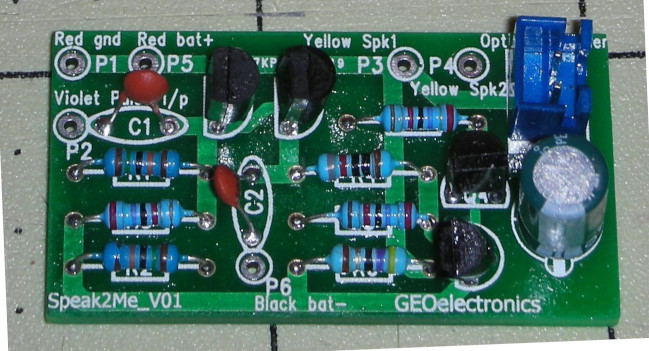What is the Best Geiger Counter?
Selecting a Geiger counter for your science hobby...
What is the Purpose?
When asking, “What is the best Geiger Counter?”, one must ask oneself, first, what the overall purposes mainly are. Geiger counters are not a one-size-fits-all. Since there are numerous interests or goals to consider before deciding, here, we focus on features to look for more than exact models.
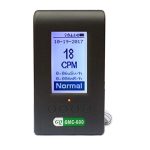
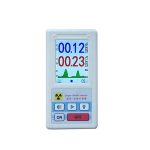
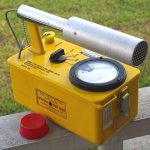
Vintage or Modern?
Vintage Geiger counters like a old Civil Defense unit definitely win in the Coolness Factor category for a lot of people. A character in “The X-Files” or J.J. Abrams’ “Fringe” is likely to be sporting a sizable unit like a lunchbox with a wand and a needle gauge. This type of unit can be the most fun to use for anyone who likes the charm of older tech, but they can also need updating or repair, and lack modern bells and whistles and more.
Many modern Geiger counters can log and remember data with a timestamp for days on end. Often, they can connect to computers to build graphs or charts based on the data they’ve recorded. Digital displays allow for easy reading and even cycling through modes such as Counts Per Minute (CPM) or dose values such as Rems or Sieverts.
A Note on Reading Rems or Sieverts vs. CPM :
Since Geiger counters may measure counts more accurately than dose equivalents, remember that two perfectly operating, freshly calibrated Geiger counters can easily give you dose readings around 20% different from one another because they were set up using different calibration sources (for one thing). You either have to take dose readings on Geiger counters with a grain of salt or know what isotope your unit was calibrated to (dose-wise) and how similarly that applies to your target check source material for accuracy.
Geiger counters can only read counts, not energy levels. They merely convert CPM to doses by using a static mathematical conversion formula, and this formula is different for different source materials because they each yield counts that are worth differing amounts of energy per count. A Cs137-calibrated unit will be off, dose-wise, when measuring Co60 and vice-versa.
How Sensitive Must it Be? (A Biggie!!)
Different Geiger counters often don’t even display even remotely the same CPM as each other. One of the biggest misnomers is that two properly calibrated Geiger counters will always get the same CPM reading as each other when sharing a check source at the same distance or spot. This is actually quite incorrect (easily by a factor of 5x or even 20x) and leads to puzzled complaints by buyers of geological specimens, to the sellers, wondering why they get a lower or higher reading than advertised. This is because one of them is using a more sensitive probe than the other.
The Nuclear Regulatory Commission also regularly receives reports that someone shipped someone else a package that was emitting well over the legal limit of radiation for the type of container or labels they used. This is because a less sensitive Geiger counter was used at the origin to test the package surface before release, then an unnecessarily sensitive unit or probe was used on the receiving end, freaking out the recipients without cause.
This is mainly because of differing probes being used, and all may be “correct” despite major disparities between levels displayed. Some probes are inherently less sensitive than others, and you can’t simply compensate by making electronic adjustments during calibration. If an end-window probe is 5x less sensitive than a pancake probe, you can’t just crank up the electronics to be 5x more sensitive for the end-window probe, to compensate during calibration, in order to make the unit with the end-window probe yield the same readings as the one with the pancake probe. It doesn’t work that way; to put it scientifically – it would throw everything out of whack (esp. between different isotopes and profiles of radiation). This is further explained below.
Geiger counters can have:
(Internally as wands or internally integrated)
Side window probes –
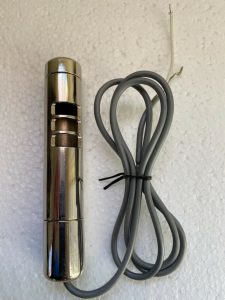
these are the least expensive and also the least sensitive. They often measure beta and gamma (and not alpha). Modern units GQ GMC 300 through GQ GMC 500 have one of these (the 500+ has two) and the typical, vintage, yellow CD-V700 has one by default (you know if it reads from window slotted on the side on the nickle-plated “hot dog” probe). Low-radiation sources (like salt substitute or fertilizer) may not register on this at all, and a uranium glass marble will yield very little reading. Old, active Fiesta Ware ceramic or a thorium lantern mantle should show up just fine. A radium-painted alarm clock will show on these relatively well, even through the clock’s glass. Commercially available rocks (see our affiliate ads to the side!) are read well by these probes unless the specimen is very low-level. Autunite will make it go pleasantly nuts.
End window probes –
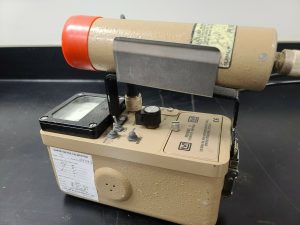
these are considerably more sensitive than side-window probes and usually have a thin mica window on the end allowing good alpha particle readings. These are a good compromise between a pancake probe and a side-window probe in price and sensitivity (esp. price). You won’t read a banana as being above background level (which it technically is, due to potassium) but you can get threshold readings from fertilizer etc. and even small, positive hits from occasional, random pieces of granite or quartz that have trace elements with nuclear decay going on. Of course, with it being both more sensitive and also reading alphas, “all the usual suspects” listed above (check source specimens like Fiesta Ware) will make a unit with an end-window probe really sing. It can really be a lot more rewarding than a side-read probe.
Pancake probes –
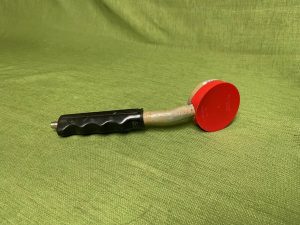
these are the most expensive so far listed, here, and are often about 500% more sensitive than some end-window probes. In fact, if a vintage Geiger counter is fit with a pancake probe like 44-9 and the unit only goes up to 100x scale, a fairly hot collectible rock or an shielded radium clock face may peg the needle, up close. Many units can read a spectacular range of radioactivity with a pancake, though. This kind can be hugely fun, as you can begin to get threshold readings from a banana, a human, get really positive readings from salt substitute or uranium glass, and many random objects. Vintage units like a Ludlum 3 can often be seen sporting a round pancake on the end of its wand, as well as modern Ludlum Geiger counters made in a similar shape. They are also put inside 1-piece units like the GQ’s GMC series’ 600+ model.
Even higher sensitivity — from here the list goes on to more specialized and mainly industrial examples, from alpha probes with far more surface area to, even, scintillator probes that actively amplify weak gamma signals with a photomultiplier tube inside . With a directional scintillator you may detect uranium from across an entire area, helping you play a game of “hotter/colder” when prospecting, but the meter can get pegged with max. input once you get too near the outcrop or source, so you need to shut it off and deploy a lesser sensitive probe unit to look more closely for the rocks.
Further Sensitivity Factors:
Even the three main hobby types, listed above, vary in readings between models (on calibrated, accurate devices) because of:
– total probe surface area
– tube wall or window thickness
– amount of anode (receiving element) inside
…and other variables.
All Geiger Counter calibration really means, here, is that exact same hardware can be set up to yield exactly the same, expected results. Other than that, the hardware can wildly vary readings from the same sample, and they are, albeit counter-intuitive, all “correct”. New hobbyists can be seen buying a pancake-equipped unit (capable of alpha, beta, and gamma readings) and using it alongside their side-window unit (capable of beta and gamma, only). They often think that if they subtract the side-window’s readings from the pancake’s readings the remainder will be pure alpha, but its just not so. The pancake is also more sensitive to the gamma and beta.
One thought example (surface area, alone):
If I tell you a piece of autunite is yielding 35,000 CPM… is that radiation measured over 2 square cm or 20? In fact, if you want to know how much output the specimen is emitting, would you like to know just from one direction, or 360 degrees around the rock?
For these types of reasons, clinical specs are often cited along with the exact
device
probe
and isotope and distance from it used for calibration
In Conclusion:
We hope we shed some light on types of Geiger counters or features and facts to consider when selecting a Geiger counter. It is largely based on one’s measurement expectations, budget, and even taste.
The nostalgic author’s go-to unit is currently a Victoreen 493 with an end-window probe. I also have a CD V-700 refurbished with solid state hardware, with the standard side-window probe which I am considering modifying with a x200 scale option and a pancake probe. See our article about selecting a vintage Geiger counter.
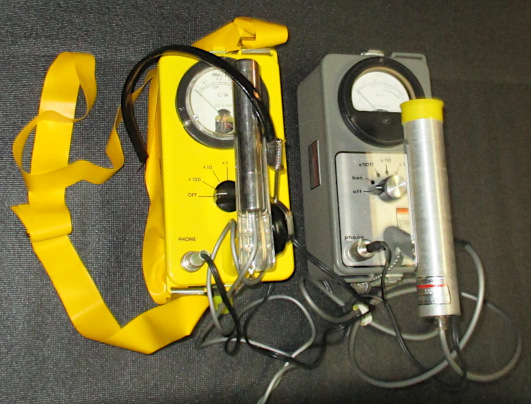
-- Buy Radioactive Ore --
Hard to find, potent but legal and safe check sources:
What is the Best Geiger Counter ? Read More »



